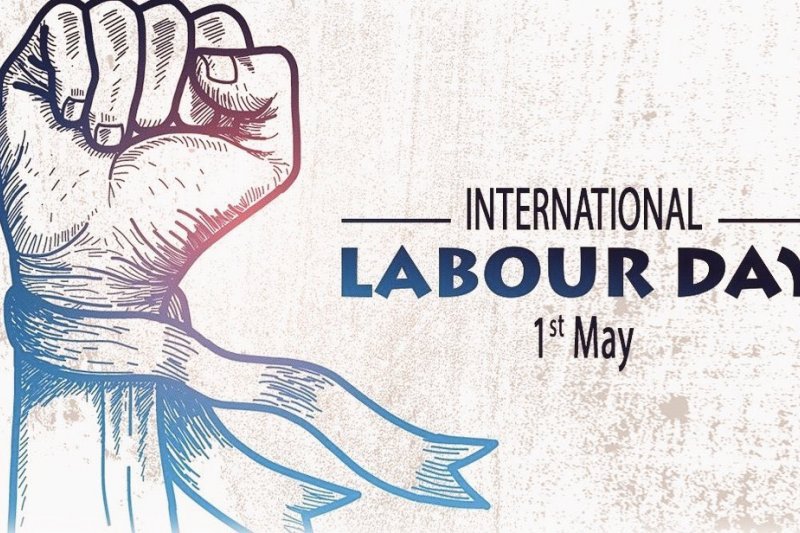Significance and History of International Workers' Day
International Workers' Day is celebrated every year on 1 May to commemorate the struggles and sacrifices of the workers' and labours' movement. It is also known as May Day.
The origins of Labour Day can be traced back to the late 19th century when workers across the globe began demanding better working conditions, fair wages, and shorter working hours.
International Labour Day is celebrated in more than 80 countries, including India, Cuba, and China. People in different parts of the world hold marches on this day to promote the rights of working-class people and to protect them from exploitation.
The tradition of Labour Day dates back to 19th century America. On May 1st, 1886 workers in Chicago organized a strike to demand an eight-hour workday. However, workers across the US came together to demand their rights and to fight for better working conditions after a bomb exploded at a labour rally in Haymarket Square.
In 1889, the International congress of socialist parties met in Paris and decided to celebrate Labour Day or Worker's Day on May 1.
Labour Day is celebrated around the world to raise awareness of the rights of working people and to protect them from exploitation. It also serves as a reminder of the important role played by the working class in our society.













